District Profile
- Enrollment: 46,880
- 95.8% Economically Disadvantaged
- 98% Hispanic
- 32% Bilingual/ESL


“They remind me a lot about the way I grew up, which was very hungry to get ahead, very hungry to succeed, because my parents didn’t have a lot.”
Dr. Esperanza Zendejas, Superintendent of Brownsville ISD, the largest school district in the Rio Grande Valley, can relate to her students and their families. Growing up picking peaches and tomatoes in the fields of California, Zendejas experienced what many BISD students do – financial insecurity in a family struggling to get by.
In fact, more than 95 percent of BISD students are economically disadvantaged and nearly a third are English Language Learners.
And yet, Brownsville ISD and its students consistently outperform expectations. The district, which boasts a 90 percent graduation rate, recently was featured by U.S News & World Report as a place “Where Poor Students Are At the Top of the Class.” It is ranked in The Washington Post among the country’s most challenging high schools.
“Given the challenges like our high rate of poverty, our huge digital divide, and being located minutes from the border in an isolated part of the state, we’re doing exceptionally well when we compare ourselves nationally,” says Dr. Zendejas.
How do the district and its students consistently outperform expectations? Zendejas attributes it to students seizing the wide-ranging opportunities offered by the district.
District leadership believes some of its most effective investments for students include:
Dr. Zendejas, who eventually earned her PhD from Stanford University, attributes much of her success to the support and encouragement of her family.
“We want and need parental involvement and engagement, and we want families to feel supported by our school system so they may believe in us as much as we believe in our students. When we enroll a child in our schools, we really are enrolling the entire family, and we want that family to know their child has every opportunity to be successful, both at BISD and beyond.”
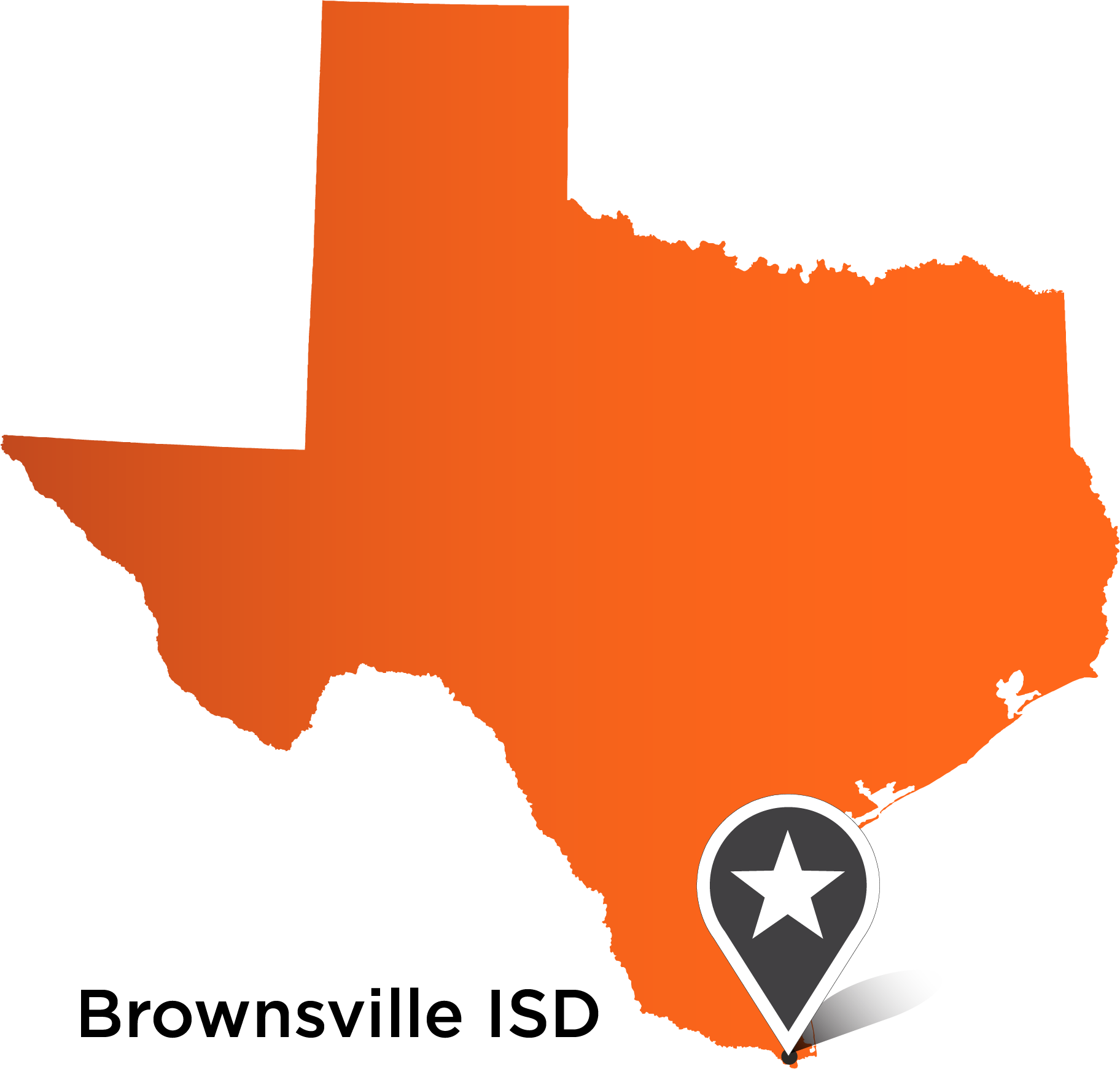
Brownsville ISD goes above and beyond when it comes to early learning opportunities.
Current Texas law funds half-day pre-k for eligible students. Although the majority of BISD students are eligible due to the district’s high poverty rate, the district found half-day pre-k was insufficient for kindergarten readiness, especially for English Language Learners.
For that reason, BISD invested local dollars to expand its PK4 programs to a full-day, allowing students to get double the classroom time.
“I think that the full-day pre-k program is a benefit to our students because it allows for really enhanced and enriched language and literacy skills. It is virtually impossible to do that in a half-day program,” says Rachel Ayala, Principal at Hudson Elementary.
PK4 benefits have been so strong the district recently expanded its program to serve 3-year-olds (PK3). The district is currently piloting a full-day PK3 program to see how the students fare.
Maria Gonzales, Administrator for Early Education for the district, says even the PK3 students come eager and excited to learn. “We’re already seeing the gains in foundation skills and they will go into PK4 with a strong foundation and into kindergarten well prepared to succeed.”
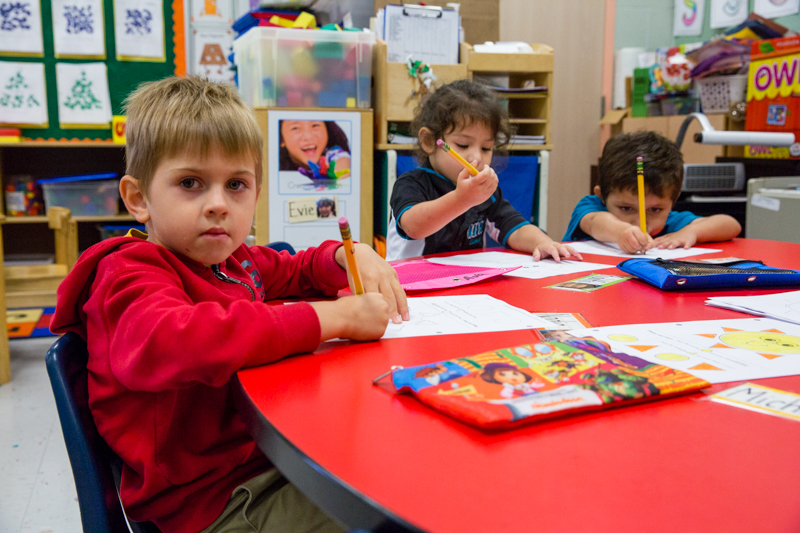
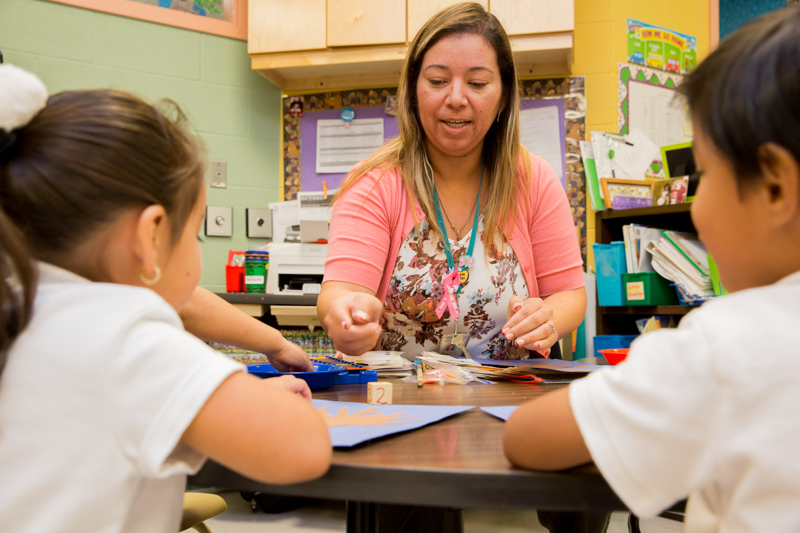
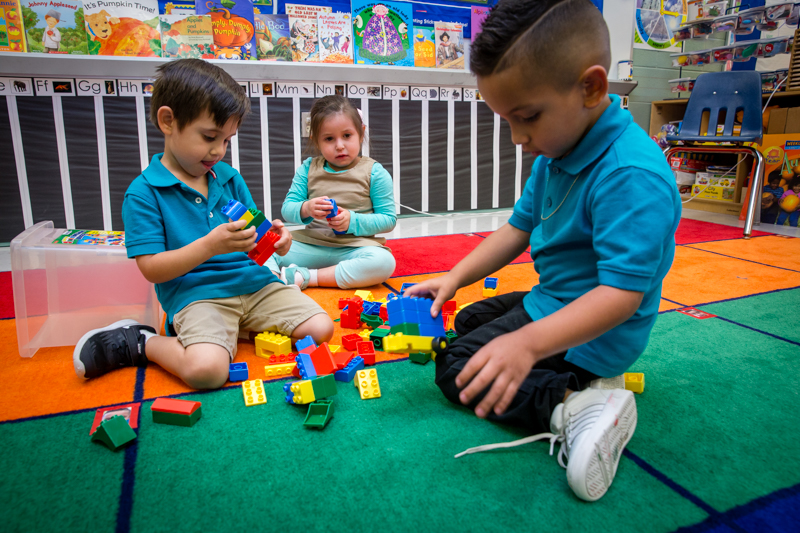
For some students at the Brownsville Early College High School (BECHS), the opportunity to gain early college credit is the difference between success and failure after high school.
The cost of college for many Rio Grande Valley families can be overwhelming, and in some cases, impossible to pay. But a partnership developed nearly 10 years ago between the high school and The University of Texas Rio Grande Valley (UTRGV) and Texas Southmost College provides the opportunity for highly motivated students to graduate from high school with an associate’s degree.
“We walk there — it’s our front yard!” says senior Jacob Gutierrez, describing the location of BECHS on the UTRGV campus. Gutierrez plans to graduate BECHS in 2018 with 70 college credit hour.
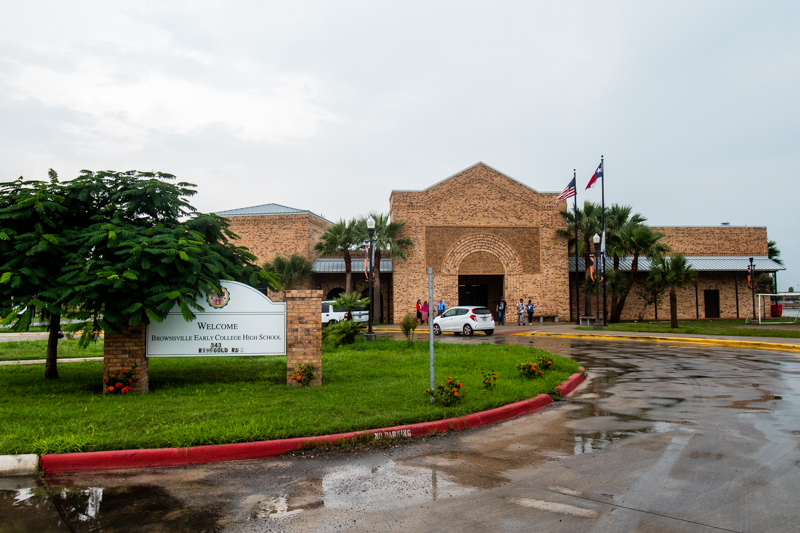
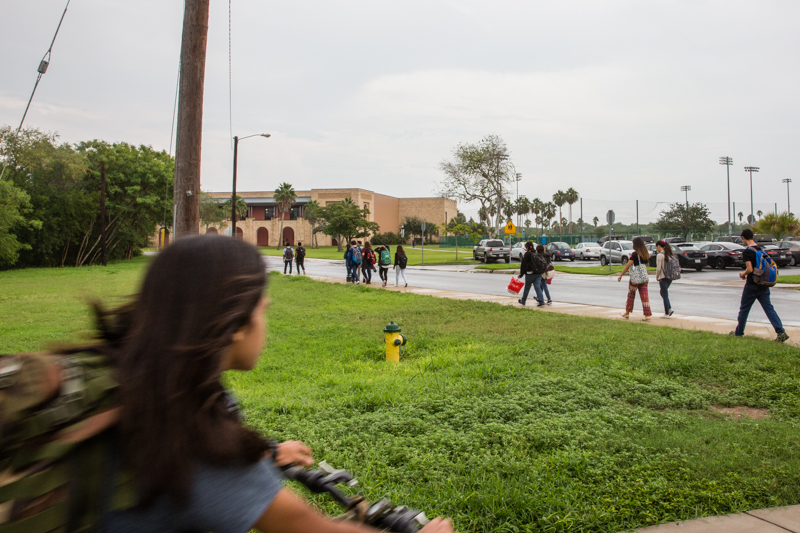
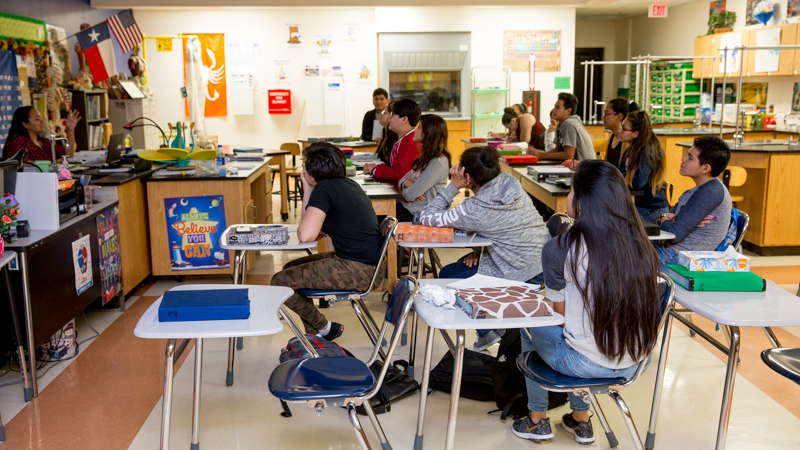
BECHS is a choice campus, so families are aware of the challenges and advantages of the program. And these competitive students find inspiration in the head start they’re getting when it comes to higher education culture.
“A lot of students don’t have an idea of what college is or how to study,” says senior Liana Garza, who plans to be a doctor. “We’ve learned how to balance school and clubs and stress and college classes, so we have a boost because we already have that experience of being in high school and also going to college.”
While BECHS is unique because of its location, all seven BISD high schools provide early college courses and accelerated dual credit courses at no cost to students.
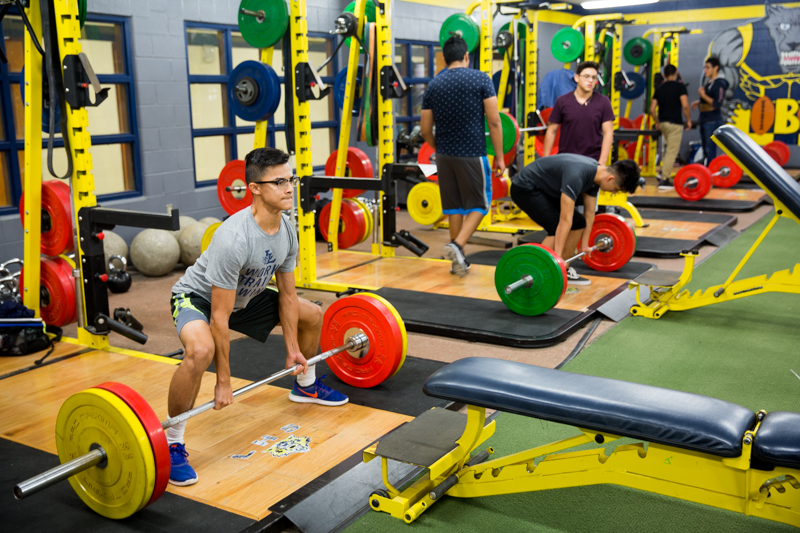
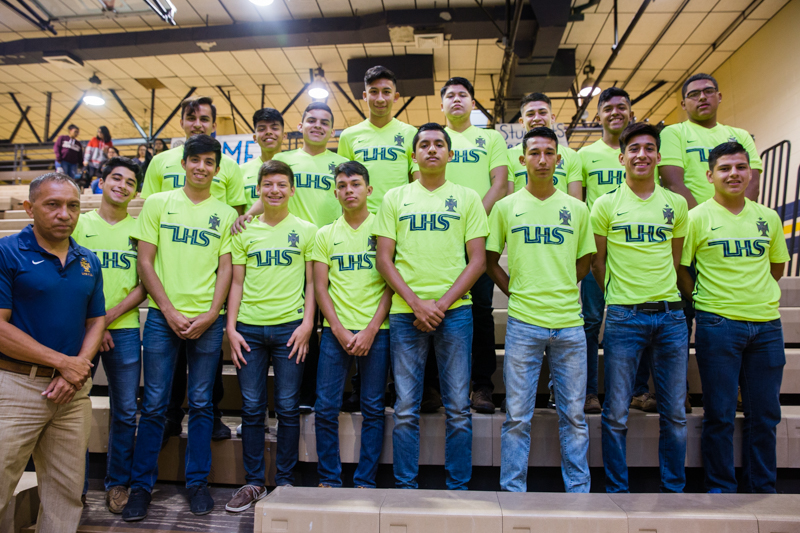
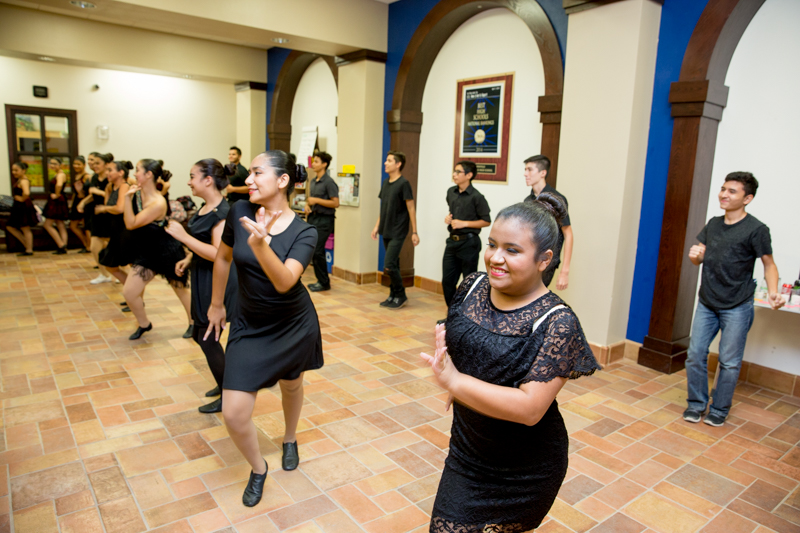
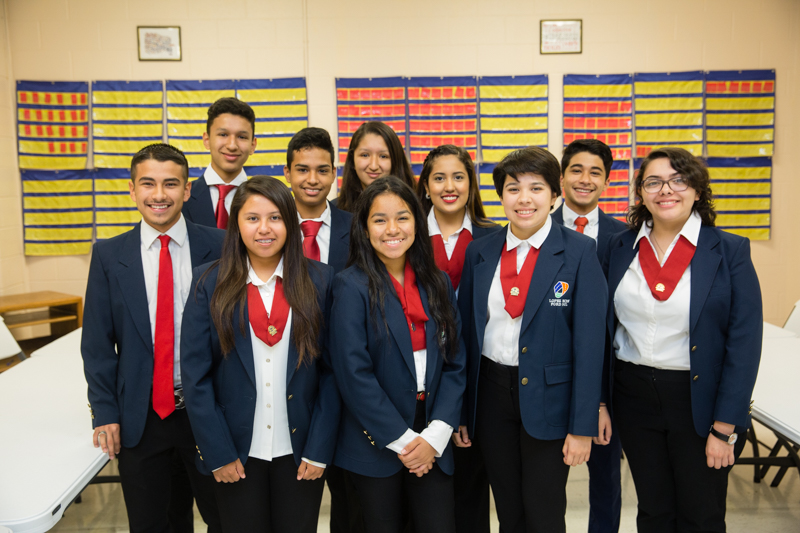
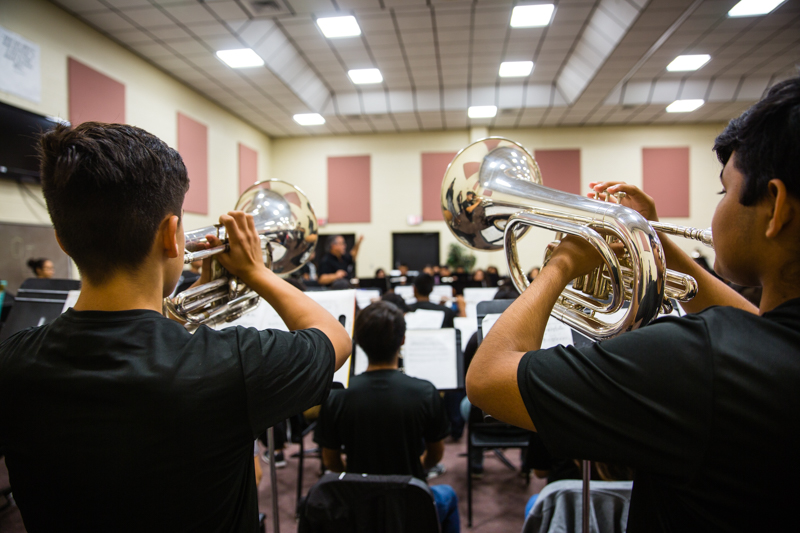
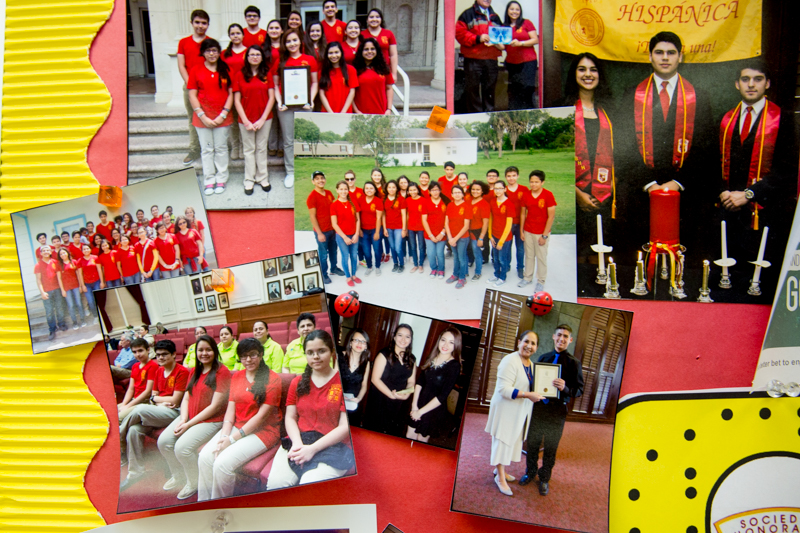
Students at Brownsville ISD can choose from a gamut of extracurricular activities from powerlifting to ballroom dance, from RGV Lead Ambassadors to Sociedad Hispanica Honoraria (Spanish Honor Society).
Brownsville ISD recognizes the importance of extra curriculars in engaging and developing the whole student and refuses to let poverty be a barrier to participation. Wherever they can, the district covers the expense of gear, equipment, and travel costs. Coaches even are known to pitch in for gas money to ensure a student can make it to practice.
The investment pays off. Dr. Rebecca Rendón, BISD Fine Arts Administrator, correlates extracurricular participation with academic success. “Students who are in fine arts traditionally score higher on their testing than students that are not in fine arts. We have a ‘no-pass, no-play’ policy just like they do in athletics. That instills discipline and structure in them that they carry over to academics,” she says.
“It doesn’t let you settle for who you are, it makes you push yourself to be a better person and to be better at everything that you do, not just band, because it’s not just music that we’re doing here,” says Madison Jones, Assistant Drum Major at Lopez High School. “It’s making ourselves better people, making ourselves more prepared for life when we leave high school.”
In 2017, the Brownsville Early College High School’s (BECHS) Technology Student Association (TSA) won first place in video game design at the TSA national conference, for the second year in a row. The TSA is a national organization of students engaged in science, technology, engineering, and mathematics. The BECHS team designed a video game called Noted about a boy who experiences a break-up and writes and doodles in his notebook.
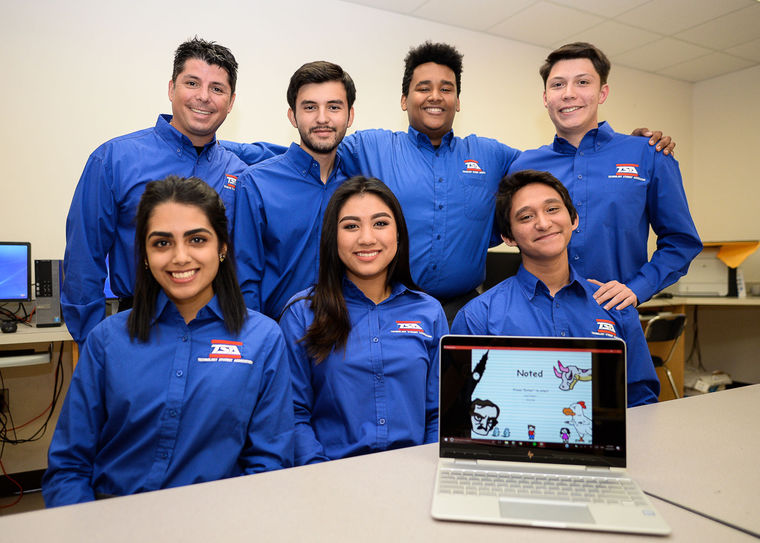
Photo source: Jason Hoekema, Photojournalist at The Brownsville Herald
Subscribe to our e-newsletter and periodic text alerts for Texas education news, stories, policy insights, and ways to make a difference.
We only use this information to send emails and texts relevant to you and will never share this information with third parties.